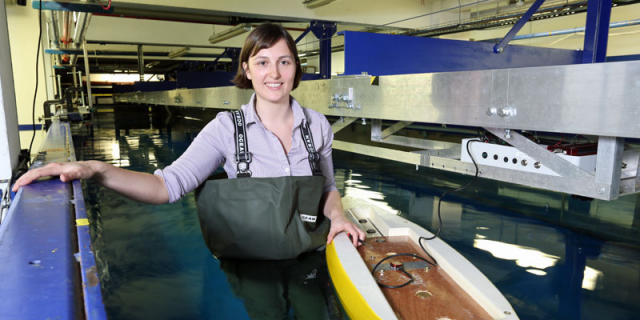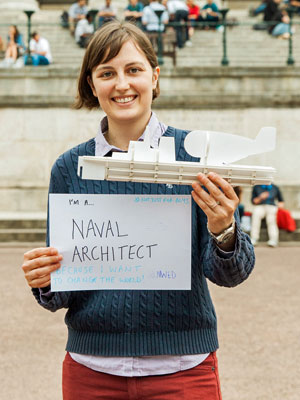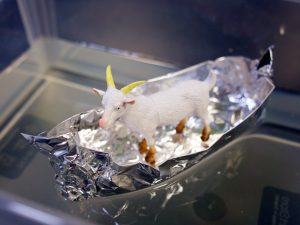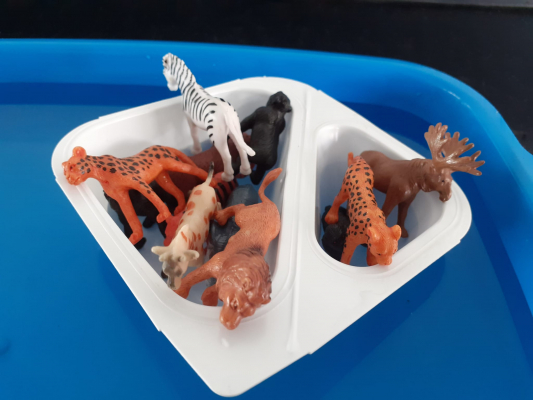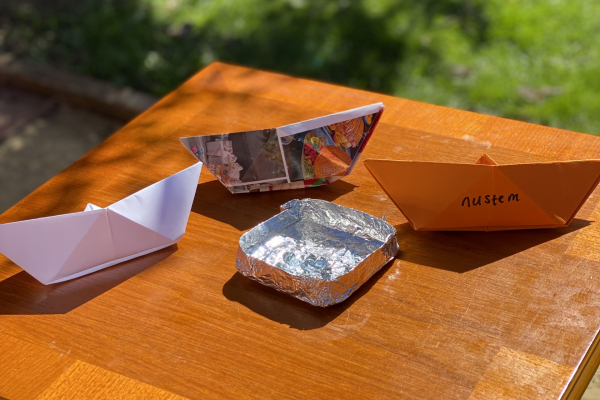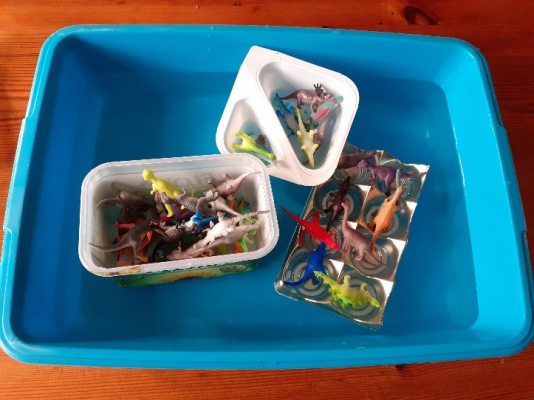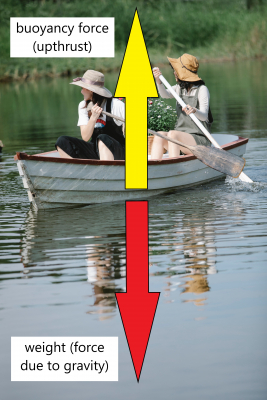Ask your child: what did you do today?
NUSTEM have been into school to do the naval architect workshop with your child. During the workshop, we supported the children to feel more confident that a career in STEM is for ‘people like them’ by trying some of the activities a naval architect might do in their job.
Ask your child what they remember about the workshop.
They might remember:
- Talking about different types of boats.
- Building a boat out of plasticine and trying to get it to float.
- Building boats out of aluminium foil and testing them using metal washers.
We introduced three attributes that the children may already have or can develop: curious, observant and creative.
Ask your child which attribute they were using in the activity.
By discussing STEM careers in terms of these attributes, we are encouraging children and young people to see themselves as having the skills to work in STEM.
What do naval architects do?
Naval architects design, construct and repair any craft that travel on water, like boats, ships, tankers and hovercrafts. They also work with offshore structures such as oil rigs. Naval architects may work on a ship, at a shipyard, on a rig, in an office or in a laboratory.
Naval architects create their designs using computer software and test these using computer simulations and 3D models. They need to ensure that designs are seaworthy (don’t sink!) and safe. They also need to arrange the manufacturing or building of their designs. Naval architects might also be responsible for arranging repair work for marine vessels and offshore structures.
Activities to try at home – tinfoil boats
Today we made boats using plasticine and tinfoil. We tested how good they were by seeing how many weights we could put in them before they sank. The more weights it could hold, the better the boat!
You might want to try making tinfoil boats at home. All you need is tinfoil, some coins, and a container filled with water. Visit our STEM at home foil boats page for instructions and more activities.
Activities to try at home – cargo in a boat
Test how much cargo (pennies or plastic toys) you can fit into boats made of different materials before they sink!
You will need:
- A bucket or bowl, or the bath!
- A variety of empty containers such as yogurt pots, cups or margarine tubs. Or you could build your own boats with paper, card, fabric, plastic, tinfoil and some tape to hold them together.
- Cargo – plastic animals, toys or blocks or pennies for testing.
What to do
- Make your boats using your materials (you will have learned how to do this in our session in school) or collect your containers.
- Carefully place your first boat or container into your water, making sure you don’t get any water in.
- Load your cargo (animals, toys or pennies) into your boat, one at a time, counting how many you can fit in before your vessel sinks.
You could ask you child:
- Which boat do you think will hold the most cargo? Why?
- Can you count how many cargo you put in?
- Which boats hold more/less cargo?
- Do big boats hold more cargo?
- Do small boats hold less cargo?
- Which shape container is best for holding cargo?
- What is the best way to put the cargo into the boats so you get more in?
- Which boat is the best one and why?
- Are there any other boats that you would like to test?
How it works
Why does the cargo sink the boat?
There are two forces acting on objects in the water. The weight of the object pulls down, while the upthrust of the water pushes it up. If the weight of the object is equal to or less than the up thrust, it floats. Things that float are buoyant. If the weight of the object is greater than the up thrust, the object will sink.
If we put too much cargo in the boat, the weight is greater than the upthrust and the boat will sink.
If the cargo is tilting the boat so that one side dips into the water, the boat will fill with water, become too heavy and sink. This is why the arrangement of the animals in the boat is important- they need to be balanced!
If the materials you are using absorbs (soaks up) water, the boat will become heavier and if it’s weight is greater than the upthrust, it will sink.
Your boat sinking may also be due to design flaws, and you may need to have another try!
What is upthrust?
This is the upward force pushing towards the surface. When you try to hold a beach ball, empty plastic bottle or inflatable under the water, you can feel this force pushing it towards the surface. The upthrust force is equal to the weight of water displaced by the object.

